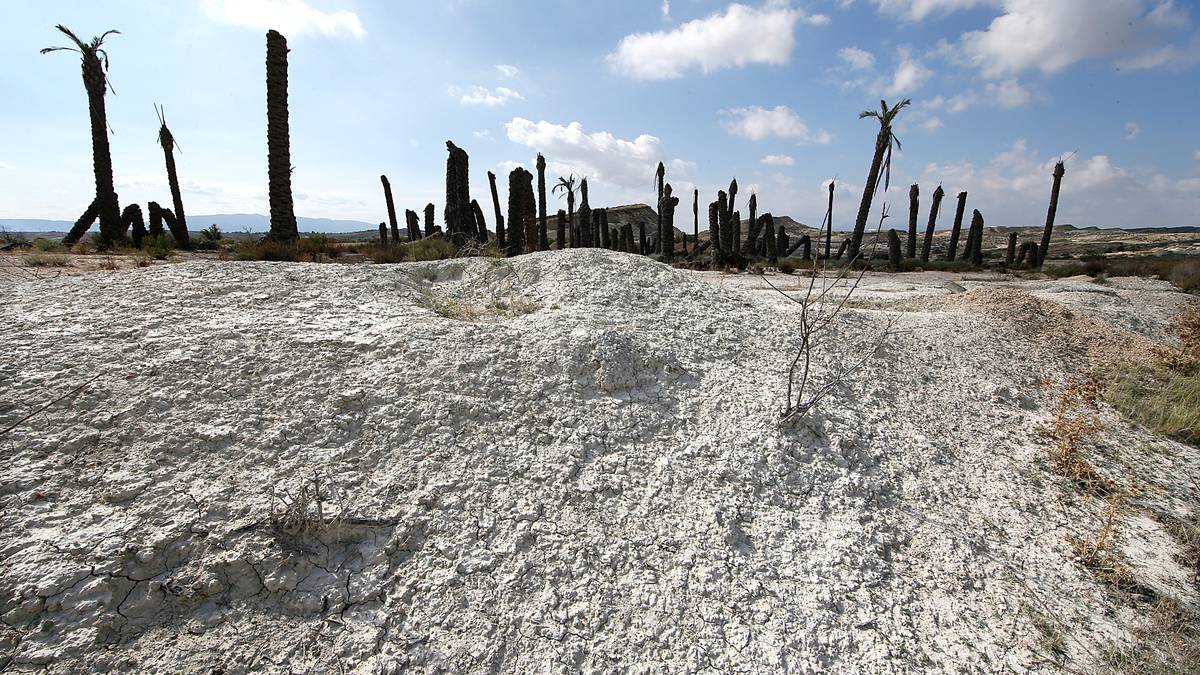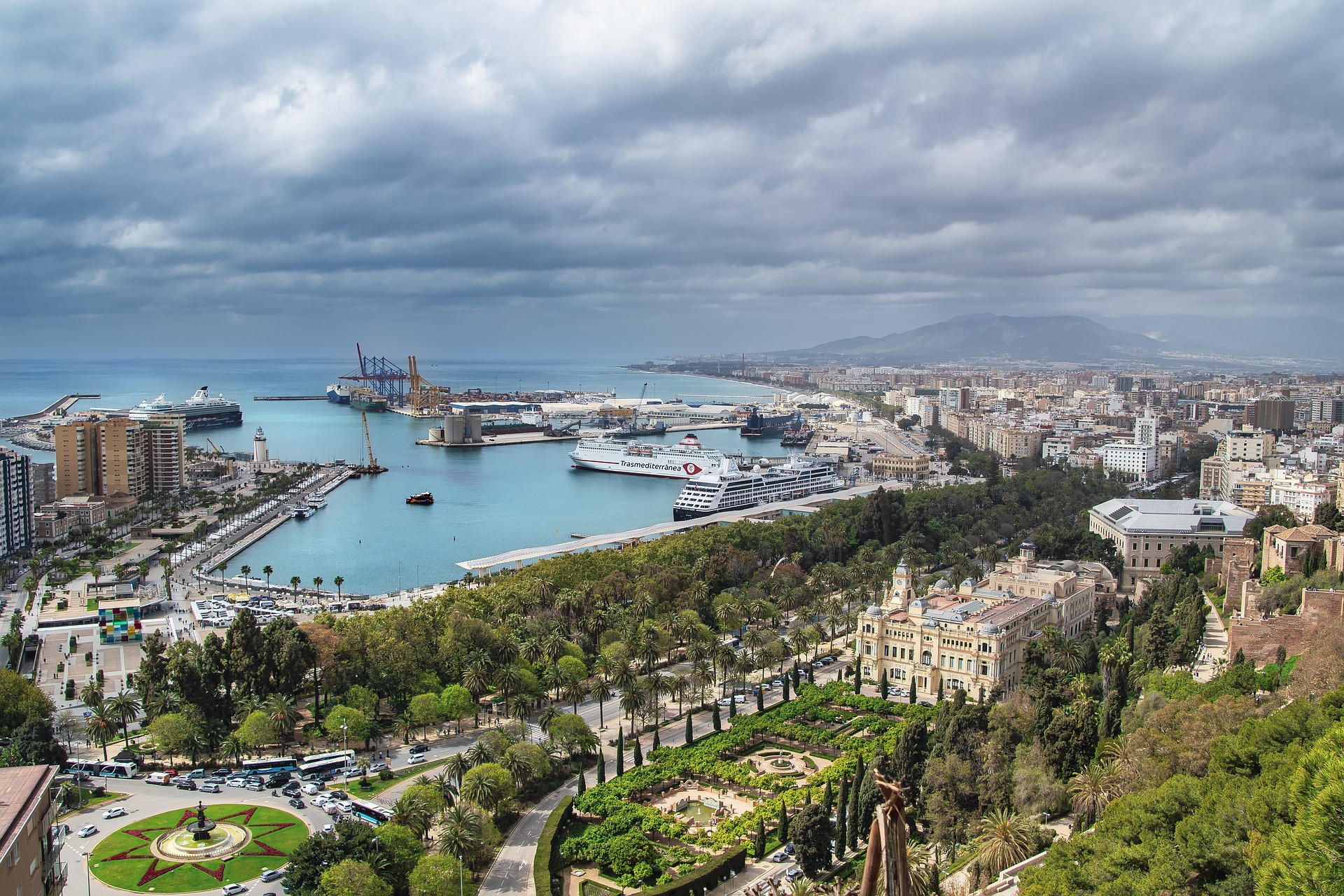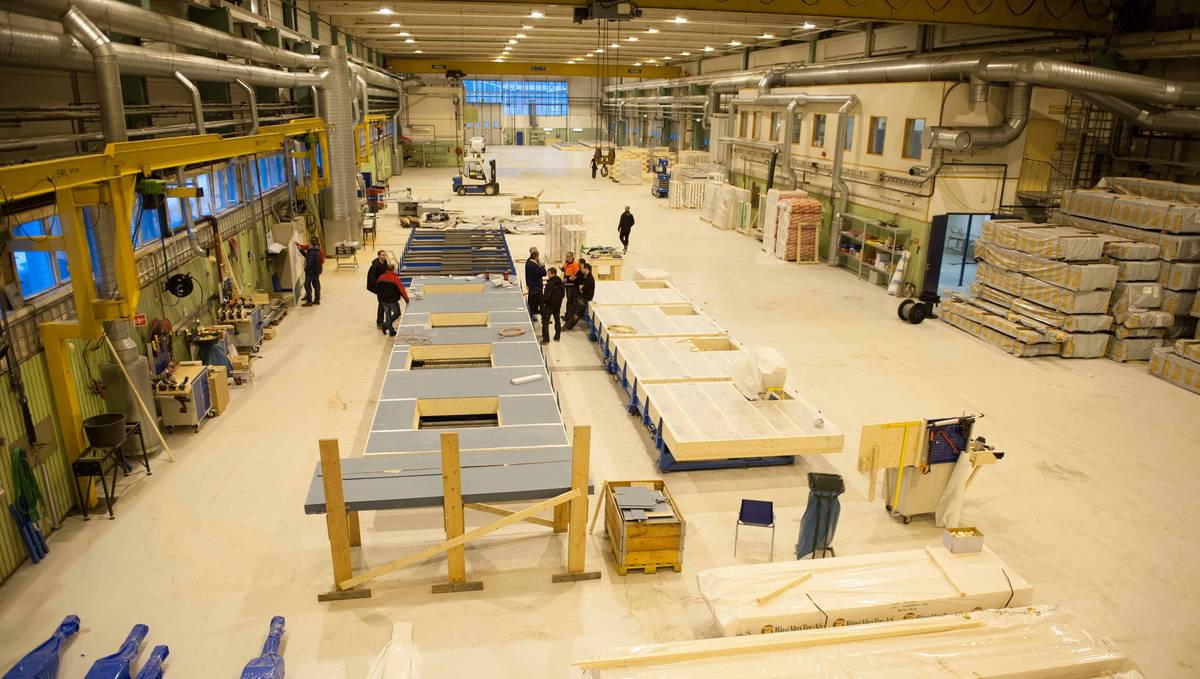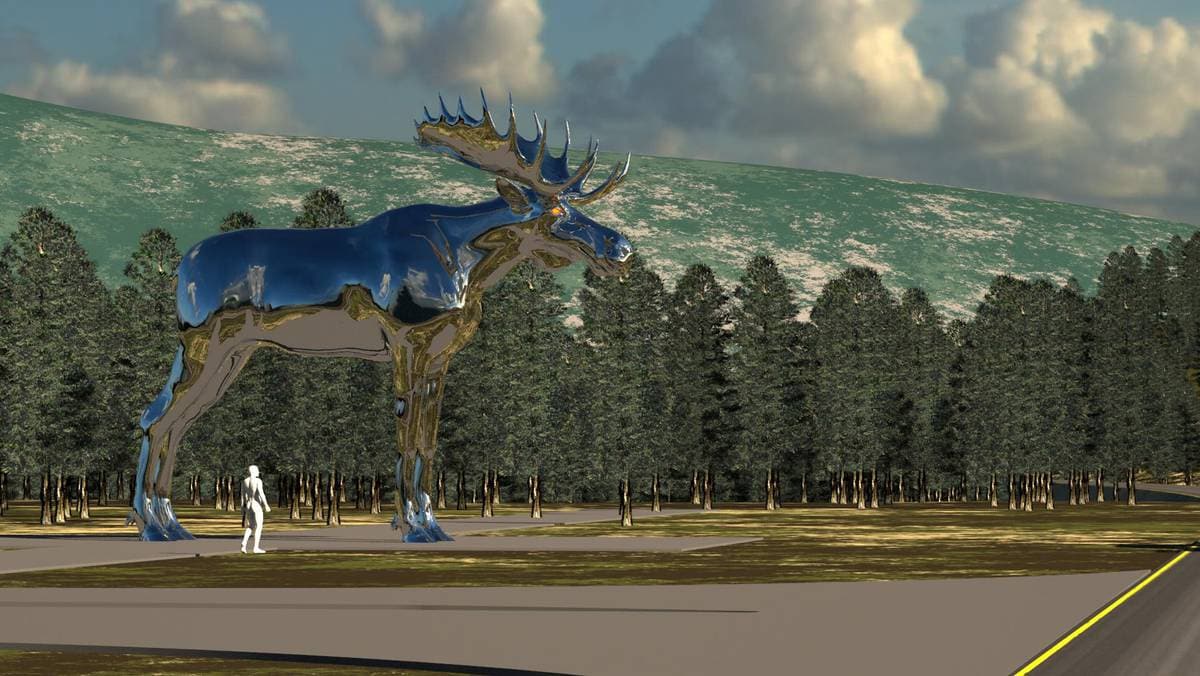– It’s no longer the mountain that poses the greatest risk, but the number of other climbers, author and mountaineer Jon Gangdal told Dagbladet.
He himself has been to Mount Everest no less than four times – in 1994, 1996, 2003 and 2005. Once, in 2005, he himself reached the summit. In addition, he has climbed four of the other 14 peaks above 8,000 meters above sea level.
Even though the expedition had been commercialized, the risk of death had decreased.
More on that later. First, how professional tour operators add to the load on the mountain.
MUST CHANGE: Mountaineer Jon Gangdal believes climbers must take a lottery to decide who will go to the summit of K2 and Mount Everest. Here in Turtagr, Jotunheimen. Photo: Christina Kruger
see more
Running at the same time
The first ascent of the world’s highest mountain, Mount Everest at 8,849 meters above sea level, occurred on May 29, 1953 when Edmund Hillary and Tenzing Norgay managed to do so. The following year, K2 was climbed for the first time. Today, on the best days visited, there are about 150 climbs of Mount Everest. About 3,000 climbers visit one of the two base camps on Mount Everest in one season.
To reach the summit of Mount Everest, one relies on the “weather window”. The jet wind determines when such a good weather window occurs.
A Swiss company has over the years proven to provide the best analysis of jet wind movements.

Notifying changes: – Not safe
– Expedition leaders each sat down with their own weather report, which they thought was only their own. The problem is that everyone has the same weather forecast. Suddenly everyone is in the same place at the same time, says Gangdal. He added:
– The later climbers also represent a risk to the Sherpas, who make this a workplace and so loyal to their clients that they even risk their lives to save them.
In 2019, Nepal’s Sherpa Nirmal “Nims” Purja set a world record when he climbed all 14 of the world’s peaks above 8,000 m. in one season – six months and six days. The photo he took while waiting in line on Mount Everest on May 22 that year has become world famous.
Want quota
Mountaineer Jon Gangdal is all set – there’s no way many people are going to the top of Mount Everest at the same time:
– The quota system must be set with a limited number of people from each expedition that can reach the top. Then they can draw raffles internally for who will get the first, second and third top odds.
He believed that every expedition should plan so that not everyone would arrive at the same time, and they should use multiple weather windows as such. Then the expedition will take longer. At the same time, stricter requirements have been introduced for each climber’s qualifications, but they are neither sufficient nor too easy to circumvent, believe experienced climbers.
– Companies should inform that there is a raffle here, and those who are in the best condition can try first, he said.
1996 was the first major commercial season on Mount Everest. Since then, the players have only become professionals and more and more climbing tourists.
– In the past, the success criterion for a successful expedition was that you got one person to the top. Now the goal is to get everyone to the top and arrangements are being made for that, Gangdal said.
This development also means the load on the mountain will be much greater.
“Tourist”

WASTE COLLECTED: These are some of the catches following the June 2019 cleanup operation on Mount Everest. Photo: REUTERS/Navesh Chitrakar / NTB
see more
Adventurer, author, mountaineer and tour guide Stein P. Aasheim points out that Mount Everest and K2 have become “tourist” to a much greater degree. K2 is referred to in climbing circles as the “new Mount Everest”.
– Before commercial expeditions began in 1986, those who climbed Mount Everest were recruited from the climbing community. Now you don’t have to be a mountaineer anymore to travel. The Sherpas laid the ropes all the way to the top and it was a fully organized plan, Aasheim said.
When he climbed the world’s tallest mountain 36 years ago, they laid the route and all the ropes themselves.
Today, expeditions are run by professional companies, says Aasheim. The company prepared all the logistics, each participant who tried K2 this summer brought an average of 1.6 Sherpas, who carried luggage and oxygen for them.
Statistics from Himalayan database shows that the number of climbers attempting the Himalayan summit has exploded after 1990. At the same time, the death rate, the number of climbers who have died in the attempt, has declined.

BIG CHANGE: Stein P. Aasheim believes a lot has changed since he himself climbed Mount Everest in 1985. Photo: Kyrre Lien / NTB.
see more
In the past, it was common to operate with numbers like one in four climbers to K2, the world’s second highest mountain, died. This is far from the truth, especially now. In fact, the truth is doubtful.
More samples
To achieve a 22.4 percent mortality rate for K2, the number of peak climbs was viewed in relation to the number of deaths. But the number of summit climbers has always been a fraction of the number of climbers – far more trying to reach the top than those who made it.
So let’s see what the numbers actually look like:
From 1950 to 1989, 6,250 climbers attempted to reach the summit above 8,000 m. 179 of them died. This gives a 2.86 percent mortality rate.
Correspondingly, professional Sherpas over the same period had a 2.07 percent mortality rate.
From 1990 to 2019, the number of climbers exploded. In that period, nearly 26,000 climbers have attempted to reach the 8,000-meter summit.
At the same time, the death rate fell to 1.26 percent. Correspondingly, the death rate among the Sherpas fell to 0.75 percent.

A LOT OF WASTE: Now you will be fined if you don’t bring your tent back, but this is what it looked like when they cleared 8,000m above sea level in May 2010. Photo: AFP / Namgyal SHERPA / NTB
see more
– Thus, the death rate has been halved, says Jon Gangdal.
In recent times, far more of those who have tried have reached the top. From 1950 to 1989, 6,250 climbers tried their hand at the summit above 8,000 m. 903 of them reached the top. In other words, 14 percent of those who try succeed.
More to come
From 1990 to 2019, 25,869 attempted 8,000 meters. 10,319–40 percent – of which it was successful. In other words, the number reaching the peak has increased from 1.4 from 10 to 4 out of 10.

ABOVE: In 2009, Jon Gangdal was the first Norwegian to climb the world’s third highest mountain, Kangchenjunga (8,596 m). Private photo
see more
– There has been a tremendous development, which is related to the fact that there is more use of fixed ropes, ladders and more Sherpa assistance per climber. Previously, it was a requirement that everyone should be able to climb on their own. There are now one, two and three Sherpas per climber, often one pushing and one pulling, Gangdal said.
Littering litter has become another problem with major expeditions to the roof of the world. Several clean-up measures have now been launched, and deposits have also been introduced on oxygen bottles and the obligation to bring back tents and other equipment.
– I think trash isn’t a problem now. It’s much stricter – if you’re not in mortal danger, you have to throw the trash out again. Each expedition must also prepare toilets with plastic tubes that are weighed before being carried from Base Camp by cox yaks, Gangdal said.
But climate change is also being felt here.
– When glaciers melt, old trash emerges, and unfortunate sights like human bodies are buried in crevices, Gangdal said.

“Hardcore zombie fan. Incurable internet advocate. Subtly charming problem solver. Freelance twitter ninja.”







:quality(70):focal(2632x1616:2642x1626)/cloudfront-eu-central-1.images.arcpublishing.com/mentormedier/ZNNRYRVNU6TUOQBBL22PE3O37M.jpg)